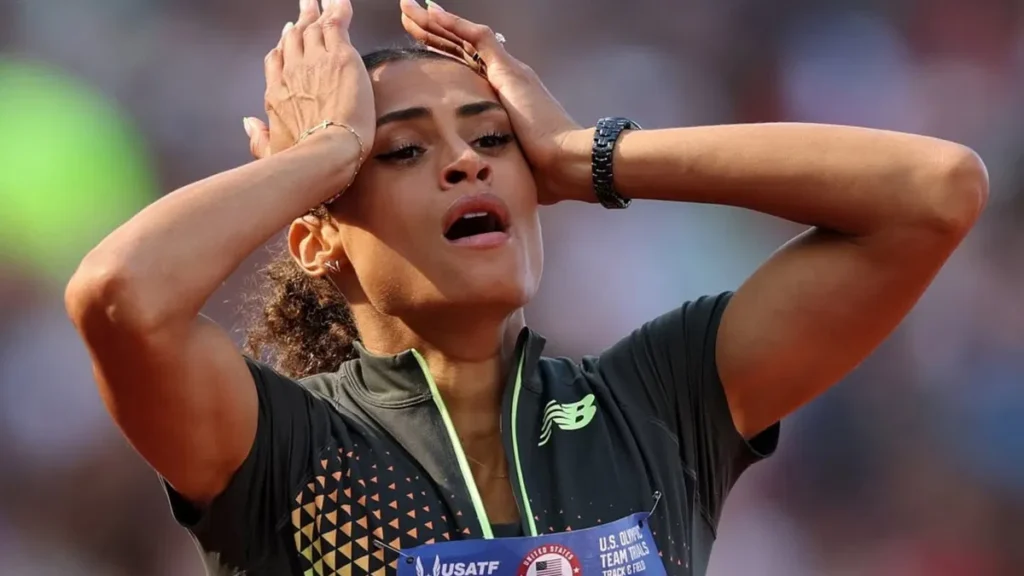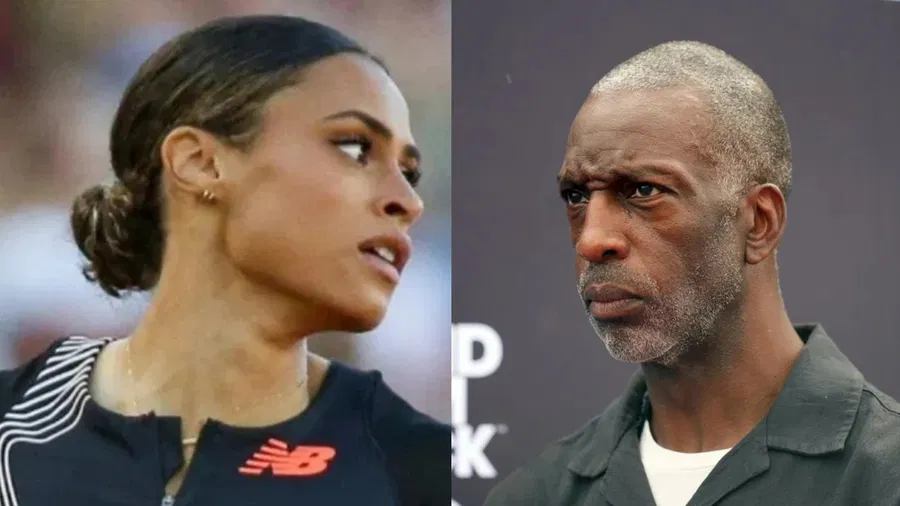On June 12, Michael Johnson abruptly announced the premature end of the inaugural Grand Slam Track (GST) season, scrapping its much-anticipated Los Angeles finale. The news blindsided athletes and fans alike, especially after the energy-packed meets in Kingston, Miami, and Philadelphia.
four-time Olympic champion Sydney McLaughlin-Levrone, in particular, had hinted she was preparing to debut something special in L.A., a performance now shelved indefinitely. But as disappointment settled in, far bigger issues came to light.
The Financial Promises That Never Landed
When Johnson first introduced GST, it was marketed as a direct, athlete-centered rival to the Diamond League, promising an unprecedented $12.6 million prize pool. Top-tier athletes were lured with appearance fees reportedly as high as $200,000, while individual events boasted $100,000 purses.
But behind the glittering figures, financial strains quietly mounted. Poor ticket sales, limited broadcast reach, and sparse sponsorship revenue left the league vulnerable. And now, its collapse has exposed a growing financial crisis affecting some of the sport’s biggest stars.
As The Times’ Matt Lawton reported on July 1, several world-class athletes are still owed millions in promised appearance fees and prize money from the Kingston, Miami, and Philadelphia meets. While prize money typically awaits post-competition drug test clearances, appearance fees, standard practice to pay in advance or immediately after events,remain unpaid for many. What’s worse, Johnson’s latest statement offered no clear payment timeline, only vague assurances about future sponsorship talks and a possible 2026 relaunch.
GST executive Kyle Merber attempted to clarify in an email.
“Our plan is to make payments for Kingston prize money before the end of July and the remaining payments due by the end of September, which includes the honouring of Los Angeles appearance fees.”.
However, inconsistencies between Merber’s comments and Johnson’s public remarks have only deepened athlete frustration and uncertainty.
Athletes, Coaches, and Legends Speak Out

Sydney McLaughlin-Levrone’s coach, Bobby Kersee, expressed his dismay in a heartfelt Instagram post on June 14.
“The Grand Slam brand is still very promising, but today, seasons and careers are impacted,” he wrote.
Olympic sprint champion Noah Lyles echoed similar concerns in a June 18 interview, lamenting how the league’s failure affects athletes far beyond this particular series.
“That’s very saddening,” Lyles reflected.
“It doesn’t just affect Grand Slam. It affects future leagues athletes might dream up. Or those who participated and now question whether it was worth the risk.”
Perhaps the harshest critique came from Patrick K. Magyar, former Zurich Diamond League director, who sounded the alarm as early as April. In a blunt LinkedIn post, he warned.
“If it’s more about your ego than the sport… If you believe money alone rules athletics… what you create is not a vision. You create a Grand Flop.”
Magyar accused Johnson of prioritizing personal gains over the wellbeing of the athletes and the credibility of the league itself, a claim many now believe was painfully prophetic.
A Future in Limbo
As it stands, athletes like McLaughlin-Levrone and Lyles remain in financial and professional limbo, unsure whether the remaining payments will materialize or if the GST brand can ever regain trust.
Johnson, while maintaining that the league met its objectives, faces mounting pressure to address these financial obligations and restore faith among competitors and fans.
What was meant to be a groundbreaking disruption of the athletics world has, for now, become a cautionary tale. And for Sydney McLaughlin-Levrone, her anticipated season-defining performance, like GST’s future, remains an unresolved chapter in a sport still searching for its next big idea.


